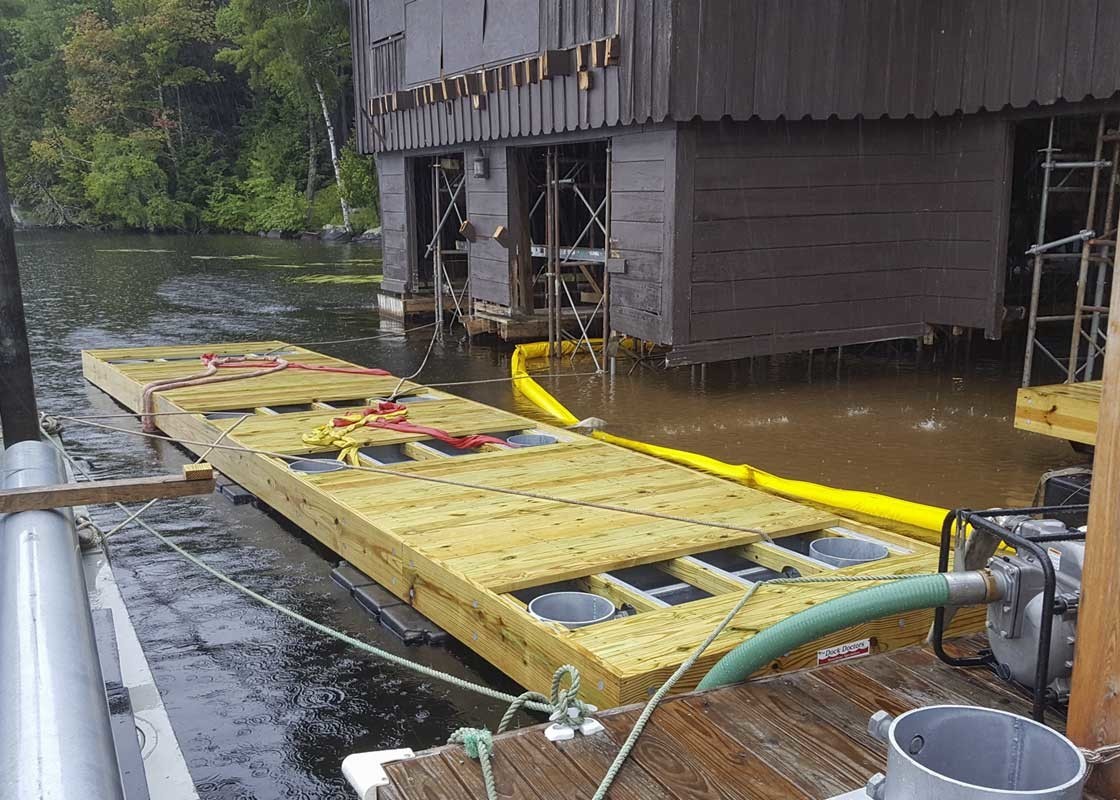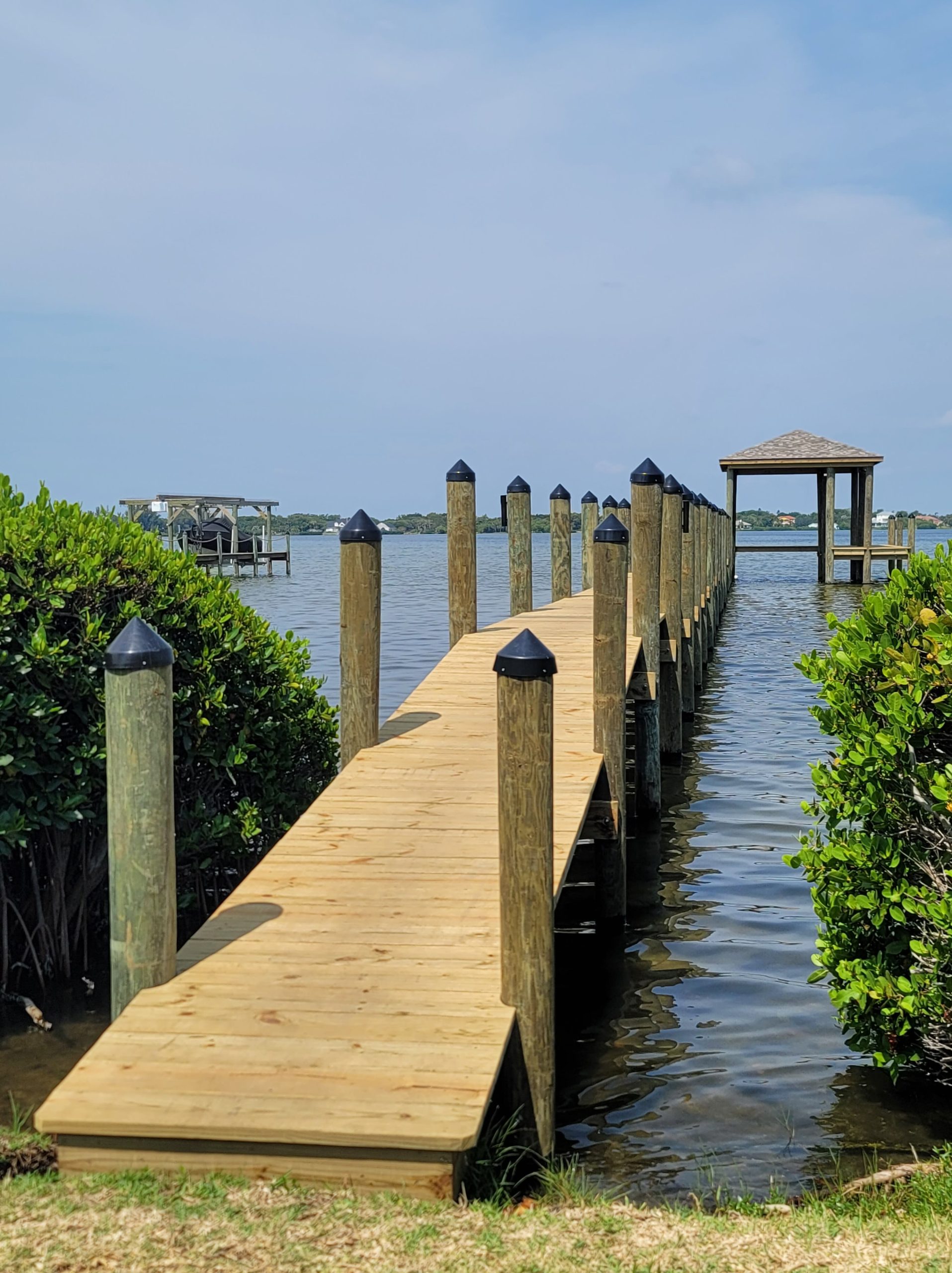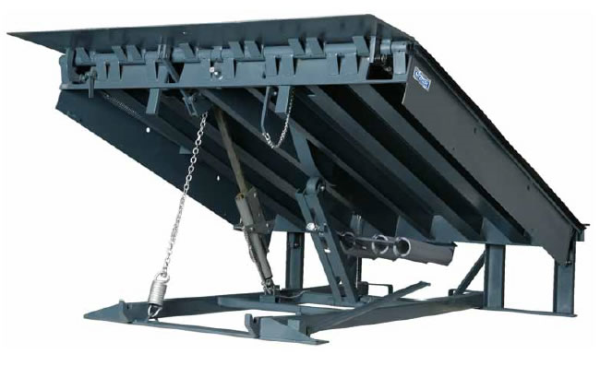Common Concerns That Lead to Pricey Dock Repairs
Common Concerns That Lead to Pricey Dock Repairs
Blog Article
Effective Dock Fixing Techniques: Making Certain Architectural Honesty
Ensuring the structural integrity of anchors via efficient repair service strategies is critical for the durability and safety of aquatic centers. This entails a multi-faceted approach beginning with comprehensive examinations utilizing innovative innovations like finder tools and remotely operated cars (ROVs) to spot both visible and hid problems. Ultimately, picking the ideal fixing products, such as composite products and corrosion-resistant alloys, is vital for resilience. Architectural reinforcement methods, including the execution of cross-bracing systems and load-distribution plates, play a crucial function in mitigating stress points. Nonetheless, the importance of these methods comes to be noticeable when checking out innovative fixing techniques and preventative upkeep approaches.
Examining Dock Damage
Analyzing dock damages is an essential primary step in making certain the structural integrity and safety and security of any kind of docking facility. This first evaluation entails an extensive evaluation to determine both noticeable and covert damages. Secret aspects to analyze consist of the dock's structure, pilings, outdoor decking, and hardware. Each component must be scrutinized for signs of wear, rot, deterioration, or other types of destruction that might compromise the architectural honesty.
Architectural designers or qualified assessors commonly carry out these analyses using specialized tools and techniques. Undersea examinations may utilize finder equipment or remotely operated automobiles (ROVs) to identify submerged damages. Above water, visual assessments are matched by making use of dampness meters and various other diagnostic devices to reveal underlying concerns not instantly noticeable to the naked eye.

Picking Repair Service Products
Picking the ideal repair materials is a pivotal action in the dock remediation process, one that directly affects the long life and efficiency of the repaired structure. Material selection should be driven by elements such as ecological conditions, load-bearing demands, and compatibility with existing dock parts. As an example, timber is a traditional selection for docks because of its natural durability and visual charm. Nevertheless, selecting the right kind of timber, such as pressure-treated lumber or naturally rot-resistant varieties like cedar or teak wood, is essential to endure water settings.
Along with timber, composite materials are significantly popular because of their longevity and reduced maintenance needs. Compounds, commonly made from a blend of plastic and timber fibers, supply exceptional resistance to rot, insects, and UV damage. For steel docks, selecting corrosion-resistant alloys such as galvanized steel or marine-grade aluminum is vital to avoid corrosion and make certain structural integrity in saline water problems.
Epoxy resins and marine-grade sealers are vital for repairing fractures and sealing joints, supplying a water resistant obstacle and enhancing the dock's total stamina. By diligently choosing high-quality materials, dock repair services can achieve resilient outcomes, thus safeguarding versus future degradation and making certain safe, trustworthy usage.
Structural Support Techniques
Reliable architectural support methods are essential in making sure the stability and durability of dock repair services. see post One essential technique entails using steel or composite reinforcement bars (rebar) within concrete structures. Rebar supplies additional tensile toughness, preventing cracks and distributing loads a lot more evenly. This method is particularly effective for docks exposed to heavy tons or harsh ecological conditions.
Another necessary strategy is the application of fiber-reinforced polymers (FRP) These materials supply high strength-to-weight ratios and excellent resistance to rust, making them excellent for reinforcing wooden or concrete docks. FRP can be used in strips or sheets and bonded with epoxy resins to boost architectural integrity.
Supporting and securing systems also play a critical duty in architectural support. Cross-bracing, using steel or wood light beams, can counteract lateral forces, decreasing swaying and activity. Securing systems, such as helical piers or driven stacks, supply a steady foundation by moving loads to much deeper, a lot more secure dirt layers.
Lastly, the assimilation of load-distribution plates can help disperse weight more uniformly across the dock's surface, alleviating localized stress points. These strategies collectively guarantee that anchors remain risk-free and durable, efficient in enduring the roughness of their operational setting.
Advanced Fixing Techniques

An additional innovative technique entails undersea welding, which permits for repair work to be performed without the need to dewater the area. This approach is especially useful for dealing with architectural concerns in submerged dock parts, making sure minimal disruption to operations. Enhanced welding methods, coupled with robot systems, supply accuracy and integrity, thus expanding the life-span of the dock.
Additionally, cathodic protection systems are implemented to prevent corrosion in metallic dock frameworks. By using sacrificial anodes or satisfied existing systems, these strategies successfully reduce the electrochemical processes that cause material damage.
Lastly, advanced monitoring modern technologies, such as structural health and wellness surveillance (SHM) systems, supply real-time data on the condition of dock frameworks. These systems enable aggressive upkeep these details and timely treatments, eventually guaranteeing the lasting structural integrity of the dock.
Maintenance and Prevention
Upkeep and prevention are basic principles that underpin the durability and security of dock frameworks. Normal examinations are paramount, enabling early detection of wear and tear, possible weaknesses, and environmental impacts. An aggressive method, entailing routine look for rust, rot, and structural changes, minimizes costly repair services and lengthens the dock's functional life.
Safety nets should consist of using safety finishes to metal components to defend against corrosion and making use of cured timber to stand up to degeneration. In addition, ensuring proper drain and ventilation can prevent water buildup, which is an usual reason of structural deterioration. Incorporating quality products and adhering to manufacturer guidelines during building and repair service phases additionally play essential roles in enhancing longevity.

Educating employees in dock maintenance finest techniques ensures consistent application of safety nets. Leveraging technological advances, such as drones for examinations and sensors for real-time tracking, can even more improve upkeep efforts. By focusing on upkeep and prevention, dock proprietors can guarantee structural stability, operational safety and security, and cost-efficient management over the dock's life-span.
Conclusion
To conclude, preserving the architectural integrity of marine centers requires thorough dock repair service strategies. Extensive assessments utilizing innovative tools reveal both visible and hid problems, while the choice of ideal repair work materials improves resilience. Applying structural reinforcement techniques addresses stress and anxiety factors efficiently. Advanced repair work strategies, coupled with normal upkeep practices, ensure the dock continues to be secure and operational you could look here under varied ecological conditions. Adopting these strategies considerably extends the life-span and functionality of aquatic infrastructure.
Ensuring the structural integrity of docks via reliable repair service methods is paramount for the durability and security of marine centers.Selecting the proper repair work materials is a pivotal step in the dock restoration procedure, one that directly influences the longevity and efficiency of the fixed framework.Effective architectural support techniques are essential in guaranteeing the stability and long life of dock repairs. By focusing on maintenance and prevention, dock proprietors can guarantee architectural honesty, functional safety and security, and affordable monitoring over the dock's lifespan.
In final thought, preserving the architectural integrity of aquatic facilities demands detailed dock repair techniques.
Report this page